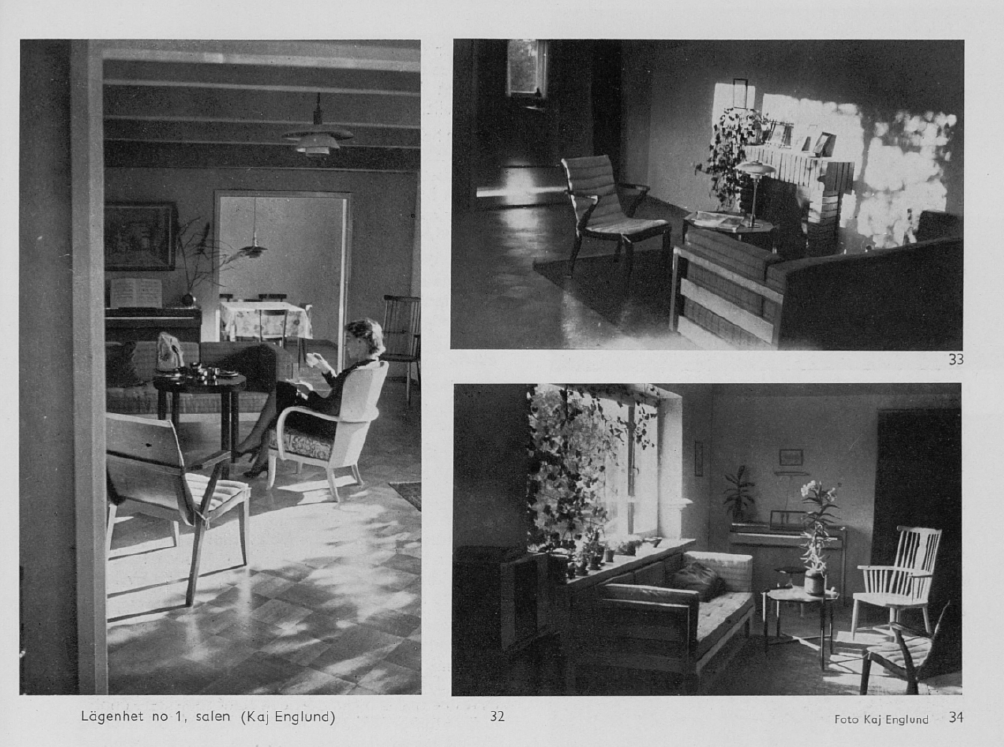Alvar Aalto and Otto Korhonena late 1920's '50101' armchair for O.Y. Huonekalu- ja Rakennustyötehdas A.B.
Black painted molded plywood and solid birch. Original cushion. Width 48 cm. Height to seat 42 cm. Total height 83 cm.
Partly significant wear and defects. Repairs. Repainted and retouches. Seat panel fastened with later nails. Seat front fragile. Cracks due to dryness of the material.
Provenance
Architect Kaj and Li Englund.
Literature
Picture: Arkkitehti 7/7 1938.
More information
Architect Alvar Aalto and Otto Korhonen, the founder of Oy Huonekalu- ja Rakennustyötehdas Ab, were acquainted in the late 1920s during the design project of the Southwestern Finland Agricultural Cooperative Building in Turku. Aalto had just moved to Turku, and his architecture was in transition from classicism to functionalism, while carpenter Otto Korhonen had started his business in Turku already in the 1910s and had managed to grow it into a significant furniture factory.
Functionalism emphasized the purpose of functionality, and the interiors and furnishing were an integral part of a building. Architects would therefore willingly design the interior decoration of a building to the smallest detail. In functionalistic apartments, the interior design accented lightness and freshness, and straight lines and easily cleaned surfaces were favored. Alvar Aalto was also interested in furniture design, and in Otto Korhonen, he found a like-minded person who believed in progress and was interested in the principles of functionalism. Inspired by shared views and the new principles of design, Korhonen and Aalto started to explore the possibilities of wood bending methods and plywood in furniture design. This cooperation gave birth to pieces of furniture with a completely new kind of design and structure.
The armchair now being sold at Bukowskis Nordic Design Sale represents chair model 50101, designed in the late 1920s, and first presented at the legendary 1929 Turku fair. The subsequent model known as the Hallway Chair was based on this model. The birth of model 50101 is strongly attached to the change in Aalto’s design principles during the 1920s – some of the design languages of classicism can still be seen, but the light structure and the way chairs can be piled on top of another represent functionalism and purpose. The chair now being sold is one of the two chairs Alvar Aalto gifted his architect friend Kaj Englund in the late 1920s. The chair was a part of the interior of Englund’s home in Lauttasaari, Helsinki (picture), and it is known Aalto used to sit in “his own chair” when visiting.













































































